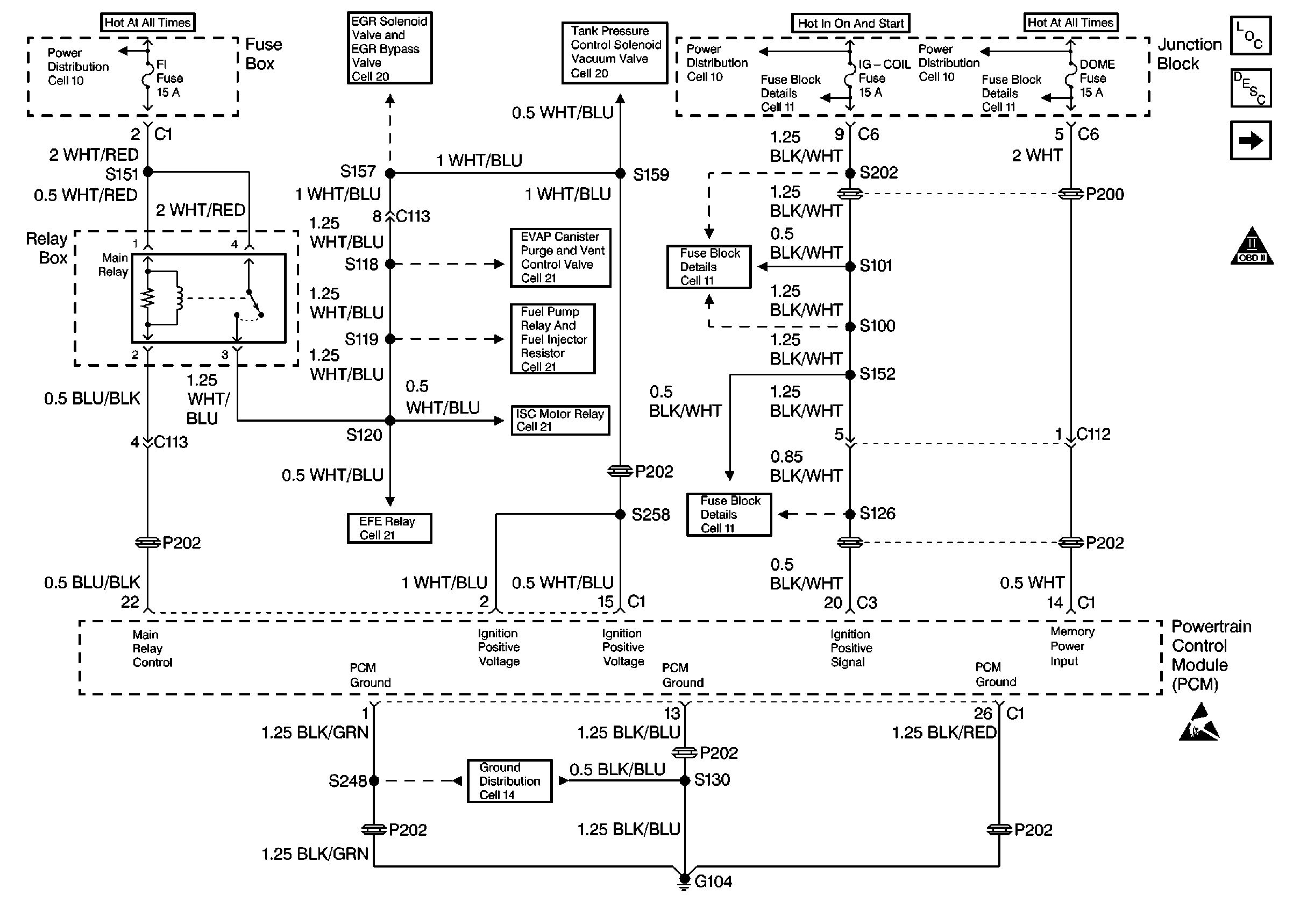Checks
| Action
|
DEFINITION: The engine
power output varies under a steady throttle or cruise. The vehicle seems to
speed up and slow down with no change in the accelerator pedal position.
|
Preliminary Checks
|
| • | Educate the driver about normal A/C compressor operation. |
| • | Use a scan tool in order to verify that the reading of VSS matches
the reading of the vehicle speedometer. |
|
Sensor Check
|
| • | Check the performance of the heated oxygen sensor (HO2S) sensor
1 and the HO2S 2. Refer to Diagnostic Aids in DTC P0131 through DTC P0141. |
|
Fuel System Checks
|
| • | Determine whether a rich or lean fueling condition can cause the
concern. Drive the vehicle at the speed of the concern. Monitor the Fuel Trim
parameters on a scan tool in order to identify the fuel system status. |
| • | Check the fuel injector for a conical spray pattern and even flow. |
| • | Check that the fuel injector electrical resistance is 0.5-1.5 ohms
at 20°C (68°F). |
|
Ignition System Checks
|
| • | Check for the proper secondary voltage output with a J 26792
spark tester or an equivalent. |
| • | Check the spark plugs for any of the following conditions: |
| - | Wet (fuel fouled) plugs. |
| - | A terminal screw that is bent or loose (rotate and pull). |
| - | A ceramic insulator that has cracks, carbon tracking or deposits
(red or black dust) |
| - | A tip insulator that has cracks, carbon tracking, deposits (oil,
carbon, glazing, fuel additive), or is loose (rattles). |
| - | A center electrode that is loose (wiggles side to side) |
| - | An incorrect spark plug gap that is too wide or too narrow. |
| - | Platinum pads that are missing. |
|
Additional Checks
|
| • | Check the PCM grounds for being clean, tight, and in the proper
location. Refer to
PCM Power and Ground

. |
| • | Check the generator output voltage. |
| • | Check the vacuum lines and hoses for leaks or restrictions. Refer
to the Vehicle Emission Control Information label for the correct routing
of vacuum lines. |
|

